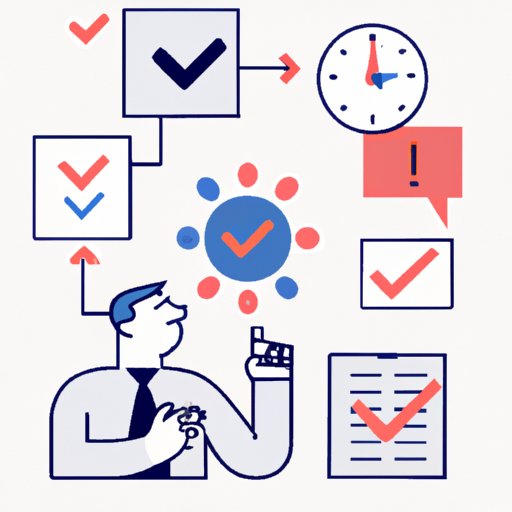
Overview of the Decision Making Process
Making decisions is an important part of life. Whether you’re deciding on dinner plans or a major life change, understanding the decision-making process can help you make informed and effective choices. This guide provides an overview of the steps involved in the decision-making process so you can make better decisions.
Definition of Decision Making
Decision making is the process of choosing between two or more alternatives. It involves assessing a situation, gathering information, evaluating options, making a choice, and then taking action. The goal is to identify the best option for achieving a desired outcome.
Benefits of a Structured Decision Making Process
Using a structured decision-making process helps ensure that decisions are made in a systematic and logical manner. It also helps to eliminate biases and emotional reactions that can cloud judgment. A well-defined process also allows decisions to be revisited and revised if needed. Finally, it can help to foster greater collaboration among team members by providing a shared framework for making decisions.

Identifying the Problem and Gather Information
The first step in the decision-making process is to identify the problem. It’s important to clearly define the issue before moving forward. Once the problem has been defined, the next step is to analyze the situation. This involves looking at the root causes of the problem and considering any relevant factors that may influence the outcome. After the situation has been analyzed, the next step is to collect relevant data. This could include market research, customer feedback, financial statements, etc.
Evaluating Options
Once the problem has been identified and the relevant information gathered, the next step is to evaluate potential solutions. This involves brainstorming ideas and assessing the pros and cons of each option. It’s important to consider both short-term and long-term implications when evaluating solutions. After evaluating the options, the next step is to choose a preferred option. This should be based on the data collected and the assessments made during the evaluation phase.
Making a Decision
Once a preferred option has been chosen, the next step is to make a decision. Before making a final choice, it’s important to consider alternative solutions and weigh the risks and rewards associated with each option. It’s also helpful to consult with others to get their opinion and perspective. Once all factors have been considered, the decision can be made.
Implementing the Decision
Once the decision has been made, the next step is to implement it. This involves developing an action plan and assigning responsibilities. It’s important to create a timeline for completing tasks and to monitor progress throughout the process. This will help ensure that the decision is implemented effectively.
Analyzing the Outcomes
After the decision has been implemented, it’s important to analyze the outcomes. This involves measuring performance and examining results. If the results don’t meet expectations, it’s important to adjust plans as needed. This will help ensure that future decisions are more effective.
Refining the Process
The final step in the decision-making process is to refine the process. This involves reviewing the process and identifying areas for improvement. Once these areas have been identified, new guidelines can be established to ensure that decisions are made in a more effective and efficient manner.
Conclusion
The decision-making process is an important part of life. Understanding the steps involved in the process can help you make more informed and effective decisions. By following a structured process and refining the process as needed, you can ensure that your decisions are well-informed and successful.
(Note: Is this article not meeting your expectations? Do you have knowledge or insights to share? Unlock new opportunities and expand your reach by joining our authors team. Click Registration to join us and share your expertise with our readers.)
